According to the third U.S. National Climate Assessment, “Global climate is changing and this is apparent across the United States in a wide range of observations.” Rising temperatures leading to increasingly high sea levels have changed coastal flood patterns, leading to more frequent high tide flooding, the National Centers for Environmental Information (NOAA) said in its National Climate Report’s 2018 Outlook of coastal flooding.
“As a whole, high tide flood frequencies during 2018 are predicted to be about 60% higher (median value) across U.
S. coastlines as compared to trend values at the start of this century (i.e., year 2000),” NOAA said.
 More than one quarter (27) of the 98 U.S. coastal locations examined tied or broke their individual records for high tide flooding in 2017. The NOAA report found that the Southeast Atlantic coast is now experiencing the fastest rate of increase in annual high tide flood days, with more than a 150% increase since 2000 predicted in 2018 at most locations.
More than one quarter (27) of the 98 U.S. coastal locations examined tied or broke their individual records for high tide flooding in 2017. The NOAA report found that the Southeast Atlantic coast is now experiencing the fastest rate of increase in annual high tide flood days, with more than a 150% increase since 2000 predicted in 2018 at most locations.
The top five cities that broke records with the highest number of flood days across the United States were: Boston, Massachusetts; Atlantic City, New Jersey; Sandy Hook, New Jersey; Sabine Pass, Texas; and Galveston, Texas. “These cities faced the brunt of an active nor’easter and hurricane seasons and sea level rise, which has made these and other less extreme events more impactful,” NOAA said.
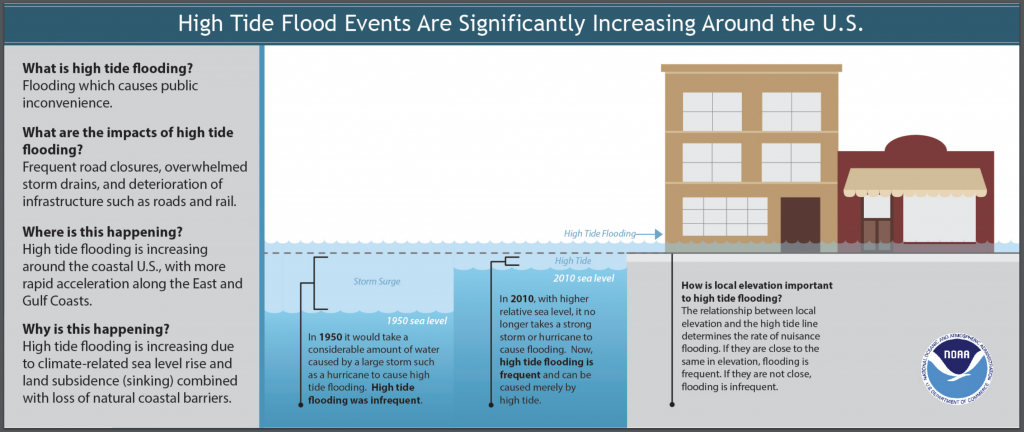 According to NOAA:
According to NOAA:
- During the 2017 meteorological year (May 2017-April 2018), the U.S. average number of high tide flooding days was the highest measured at 98 NOAA tide gauges. More than a quarter of the coastal locations tied or broke their individual records for high tide flood days.
- Water reached a flooding threshold at NOAA tide gauges a record-breaking number of times in the Northeast and the Gulf of Mexico due to a combination of active nor’easter and hurricane seasons combined with sea level rise, making these events more impactful.
- The projected increase in high tide flooding in 2018 may be as much as 60% higher across U.S. coastlines as compared to typical flooding about 20 years ago and 100% higher than 30 years ago. This is due to long-term sea level rise trends and, in part, by El Nino conditions that may develop later this year.
buy tamiflu online cosmeticdermcenter.com/wp-content/uploads/2023/10/jpg/tamiflu.html no prescription pharmacy

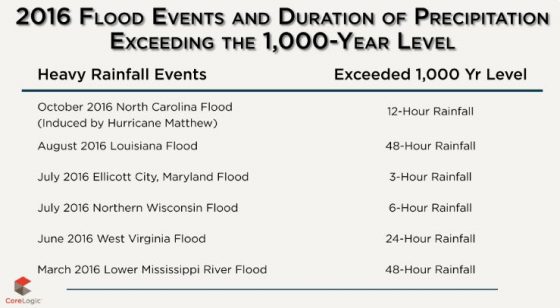
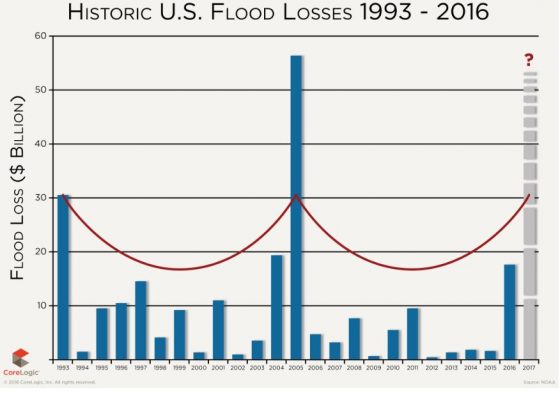
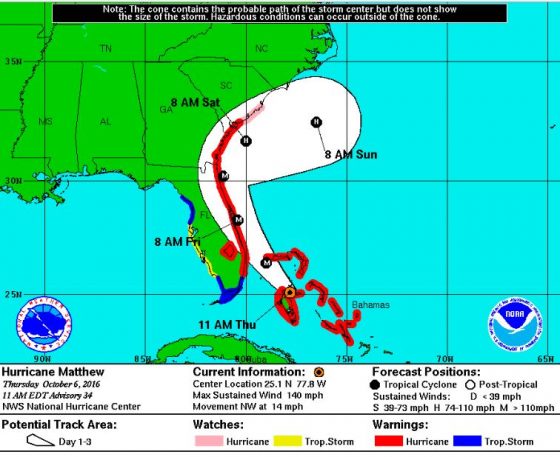
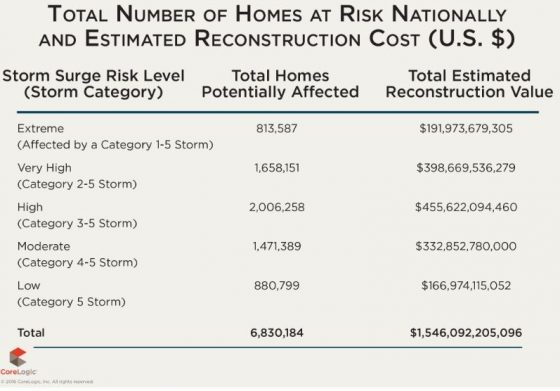

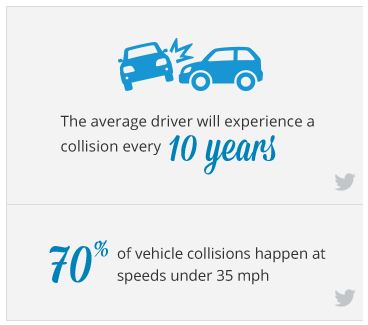 While there are many factors that impact highway safety, an improving economy and lower gas prices have led to an increase in the number of miles being driven.
While there are many factors that impact highway safety, an improving economy and lower gas prices have led to an increase in the number of miles being driven.